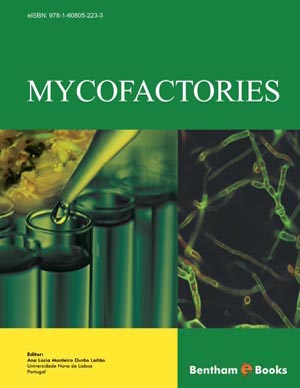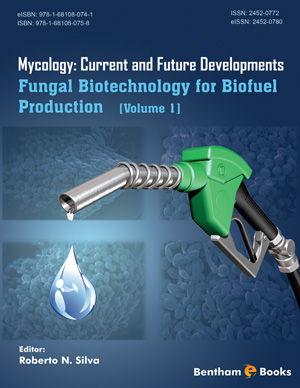Abstract
Yarrowia lipolytica is one of the most important non-conventional yeasts that belongs to the Dipodascaceae family of hemiascomycetous fungi. Y. lipolytica is used for both academic and biotechnological applications. Respect to biotech traits, Y. lipolytica is widely used in production of singlecell protein, organic acids and enzymes, also it utilized as heterologous protein expression system, and bioremediation issues, among others. On the other hand, Y. lipolytica has become a model used to study several biological themes such as: dimorphism, protein secretion, gene manipulation, protein expression, peroxisome biogenesis, physiology, genetics, degradation of hydrophobic substrates, and lipid accumulation, etc. Y. lipolytica is a dimorphic organism that grows as a mixture of yeast-like and short mycelial cells. This behavior is influenced by pH, carbon and nitrogen sources, blood serum, citrate, polyamines and anaerobic stress. In the present chapter, we review many important regulators involved in the dimorphic switch in Y. lipolytica. All the knowledge about the yeast-to-hypha transition that has been obtained from this non-pathogenic yeast, providing information that undoubtedly will be useful for the understanding of this phenomenon in important pathogenic organisms.
Keywords: Yarrowia lipolytica, biotechnology, dimorphism, morphogenesis, polyamines, hyphae, yeast, pH, Pal/Rim pathway, non-conventional yeast, cell polarity, secretion.






